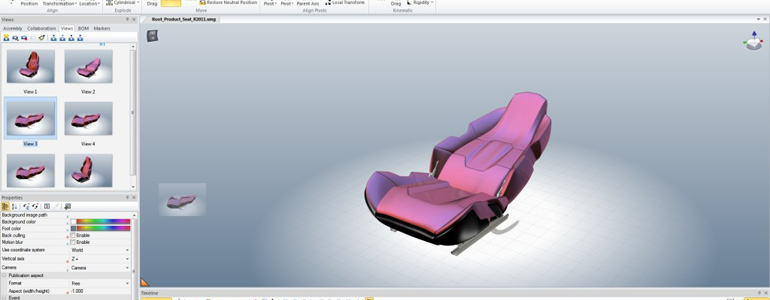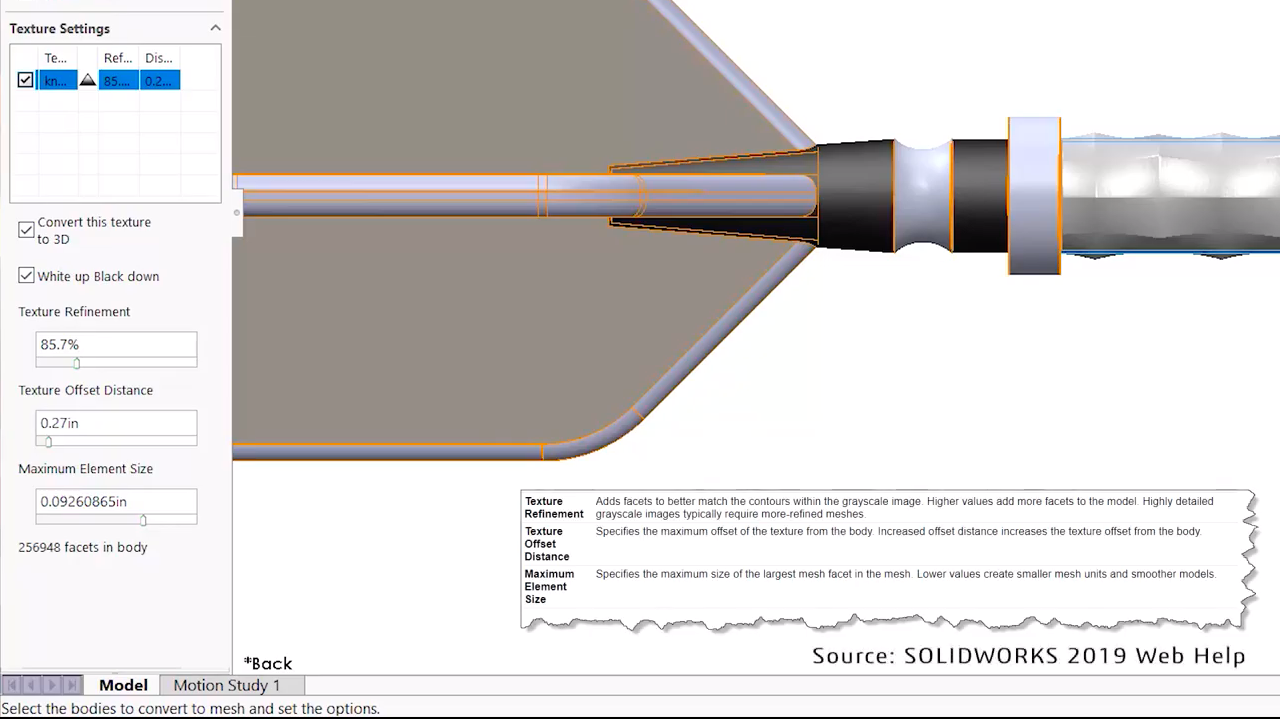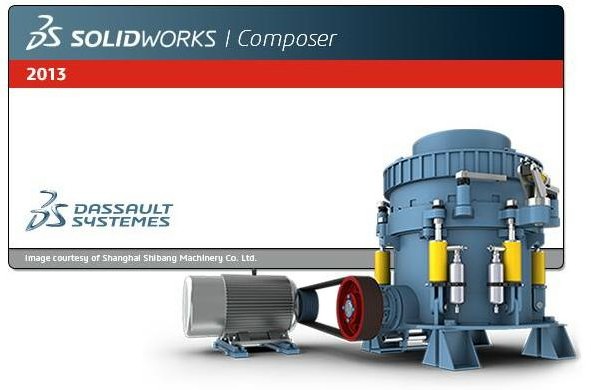
Explore what you can do with them, and I’m certain you’ll find that they’re a powerful tool you can implement into your design process. Now go add some color to your assemblies. Yeah, I had a feeling you might think so. This is great, especially at the part level it makes it much easier to recognize which configuration we’re working with. This way, when switching configurations we can also change color schemes. It is even possible to link display states to configurations. I’ve heard of them being used to color-code components that are manufactured in-house versus purchased parts. There’s really no limit to the number of ways we can work with display states.
#3dvia composer textures software
While display states don’t give you the rendering or documentation tools like in Composer, they will allow you to create colorful images that you can then import into software like Adobe Illustrator to fully annotate. If you don’t own a software like 3DVIA Composer, this can be a great way to create images for technical documentation such as assembly instructions or manuals. Now, even when looking at a drawing view, our internal components clearly stand out. I selected an “Internal colored” display state I created where I just showed several components as hidden lines removed. However, the property manager of the view also allows you to select which display state you want to show. I selected an isometric view, and displayed it in shaded with edges. Below, I’ve utilized a display state in conjunction with a cut-away assembly view. The sparks really start to fly when you implement display states into drawing views. As you can see, each of the parameters is mapped as a column that allows you to change it for every part, sub-assembly, or part within the sub assembly. In addition, I colored all the hardware in a bright red, making it easy to see where the attachment screws will be located in the final assembly.īelow is a breakdown of the display pane, and what features it controls. This is a quick and easy way to show the functioning mechanical components, without losing a frame of reference in the finished product.

Here I’ve colored all the components that I didn’t want to focus on in white, and then made portions of the cabinet and grill transparent. Next, using the display pane I was able to control several visual settings.

I split my feature tree so I could show it all in one screen, it’s in the bottom left corner. This was done by first defining a new display state from the bottom half of the configuration manager. What I’ve done here is create a display state showing off the internal components, as well as the hardware that is used to assemble the cabinet.

Of course we can do this using a cut-away assembly view, but let’s take a look at this using a display state: The enclosure is certainly important for product design, but we want to take a look at what is inside. I’m working with the assembly below of a fan-forced electrical resistance space heater.Īs you can see from the design tree, we have few sub-assemblies, and that’s where the real meat-and-potatoes of this product is, so to speak. Display states allow us to save certain ways to color an assembly, and give us quick access to switch back and forth between them without having to toggle each separate part. The visual settings we will control include visibility, color, texture, and transparency of the component. We can sort-of think of them as being synonymous to configurations, but for colors and appearances rather than features. Today I’m going to try to change that.īefore we really dig in, what is a display state?ĭisplay states are basically a defined group of visual settings for parts, or sub-assembly, within a top-level assembly.
#3dvia composer textures how to
I think it’s because users don’t see the benefit to them, or simply don’t know how to use them properly. In my opinion, display states are largely under-utilized.

In SolidWorks, display states are a great way to highlight components or features, particularly in an assembly, and make it clearer for the user to understand what is going on.


 0 kommentar(er)
0 kommentar(er)
